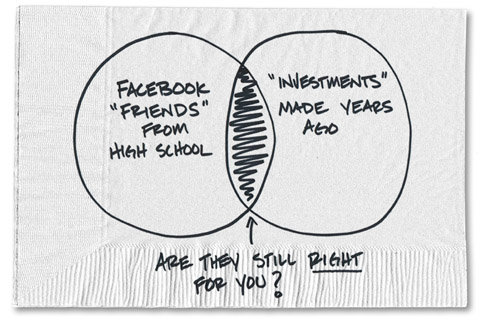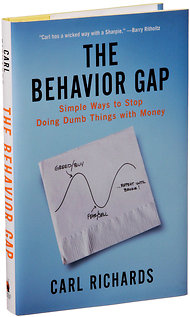“Things are generally looking brighter, aren’t they?” Mr. Horii said, as he scrutinized, then dismissed, cheaper alternatives at the bustling Yodobashi Camera electronics store. The Bose ones he has his eye on, which he’ll hook up to his TV, go for about $400.
“I don’t really need it, but I want it,” he said. “A good economy means you can buy things you don’t really need.”
Prime Minister Shinzo Abe’s bid to revive Japan’s deflated economy hinges on consumers like Mr. Horii starting to feel flush enough to start splurging on the finer things in life.
A wide recovery in consumer spending has been the weakest link in “Abenomics,” the bold economic stimulus strategy that Mr. Abe has pushed since taking office in late December.
Abenomics has already brought big profit bumps to the nation’s exporters, thanks to a yen made weaker by Mr. Abe’s aggressive policies. He found a kindred spirit in Haruhiko Kuroda, the Bank of Japan’s new governor, who has committed the central bank to easing the money supply and reinflating the economy. Stock markets have rallied, as foreign investors jumped back into a country they had all but written off for its seemingly unshakable stagnation.
Numbers released on Friday by the government provided more proof of Japan’s corporate recovery. Industrial production rose by a robust 2 percent in May from the previous month. Tokyo’s benchmark Nikkei index climbed 3.5 percent Friday on the strong showing.
Reversing a 15-year-long slide in prices, which Mr. Abe has singled out as both a cause and a symptom of waning profits, wages and consumption, is a tougher order. For companies to feel confident enough to start raising prices, Japan’s consumers have to start spending again, and data confirming that trend is still mixed.
Separate figures released on Friday showed that household spending fell 1.6 percent in May from a year earlier, confounding economists’ expectations of a 1.3 percent rise. Still, for the first time in seven months, Japan’s core consumer prices in May did not fall compared to the previous year, staying flat for that month after falling 0.4 percent the previous month.
“We are comfortable with our view that the uptrend of consumption continues,” Masamichi Adachi, Tokyo-based economist at JPMorgan Securities Japan, said in a note Friday. “An expected rise in summer bonuses, paid in June and July, and improvement in general sentiment are the main reasons,” he said.
There are some signs that after years of penny-pinching, conspicuous spending is on the rise again in Japan. But for now, it is starting at the very top, among the financiers, professionals and other well-to-do Japanese who have benefited from the recent stock market gains.
Sales of Ferrari cars in Japan have jumped almost 20 percent so far this year, figures from the Japan Automobile Importers Association show, thanks to this newfound exuberance among the nation’s rich.
“We’ve seen confidence start to explode over the last months,” said Herbert Appleroth, chief executive of Ferrari Japan. “We’re seeing some of the highest growth in the world here.”
At the Hankyu Umeda department store in Osaka, sales of luxury watches, jewelry and other luxury items are surging, which lifted overall sales in May by 63 percent compared with the previous year, the sixth straight month of double-digit increases.
“Japanese shoppers are tired of cheap,” said Keiji Uchiyama, manager of the marble-floored store, brimming with imported fragrancespastel macaroons and slick designer bags. “They’ve scrimped for so long, but now they’ve had enough,” he said.

Article source: http://www.nytimes.com/2013/06/29/business/global/japanese-consumers-start-to-buy-tentatively.html?partner=rss&emc=rss

